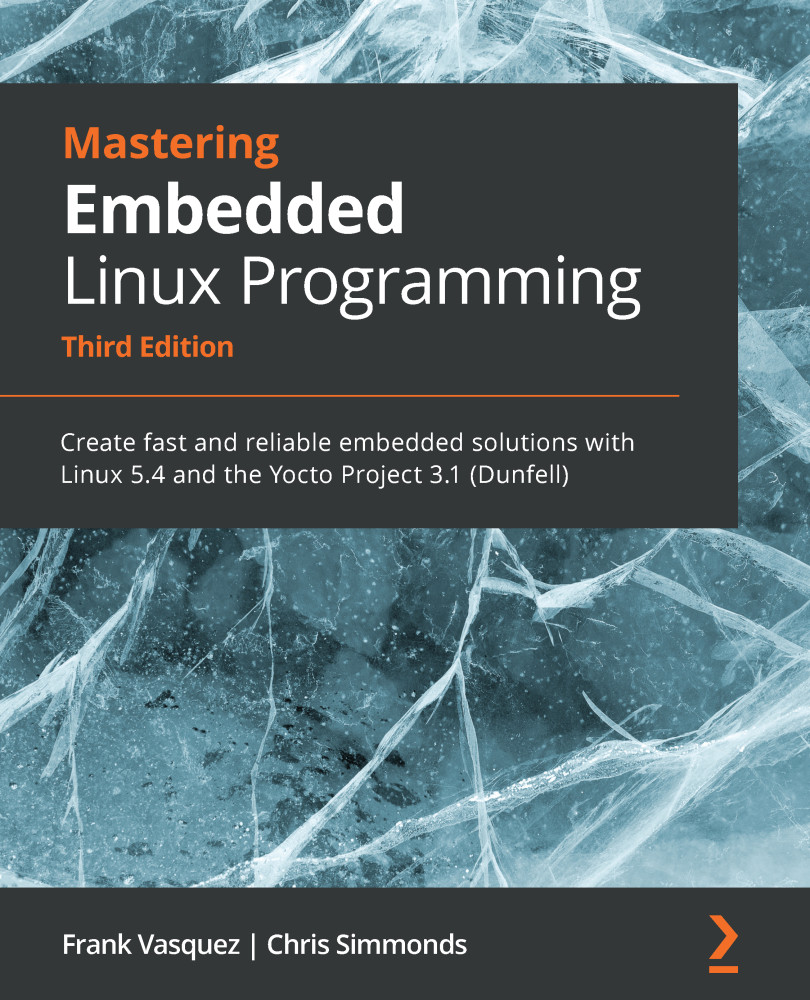Summary
Being able to update the software on devices in the field is at the very least a useful attribute, and if the device is connected to the internet, it becomes an absolute must. And yet, all too often it is a feature that is left until the last part of a project, on the assumption that it is not a hard problem to solve. In this chapter, I hope that I have illustrated the problems that are associated with designing an effective and robust update mechanism, and also that there are several open source options readily available. You do not have to reinvent the wheel anymore.
The approach used most often, and also the one with the most real-world testing, is the symmetric image (A/B) update, or its cousin, the asymmetric (recovery) image update. Here, you have the choice of SWUpdate, RAUC, Mender, and fwup. A more recent innovation is the atomic file update, in the form of OSTree. This has good characteristics in reducing the amount of data that needs to be downloaded and the amount...





































































